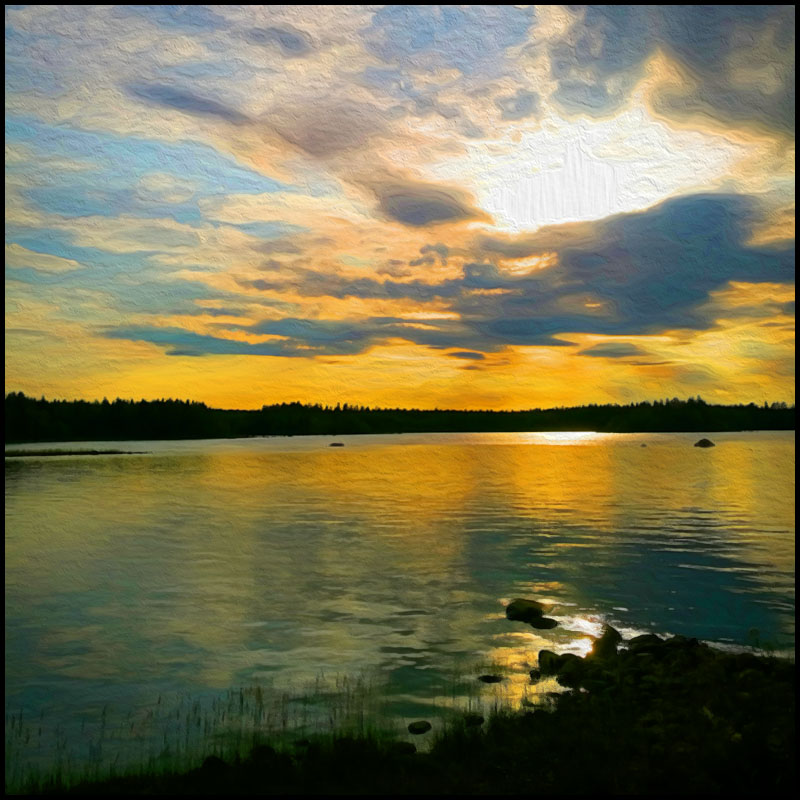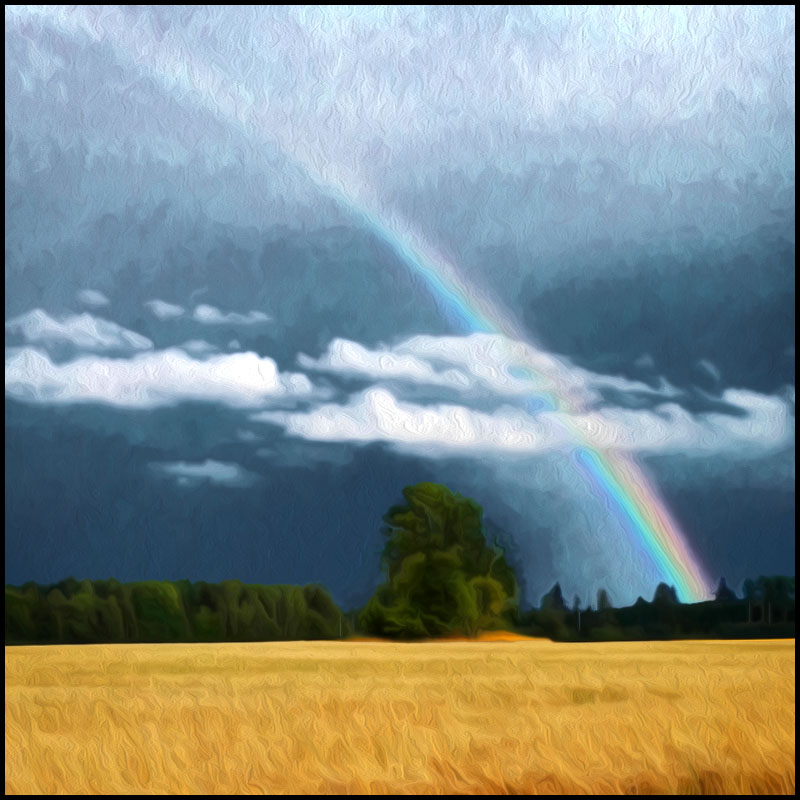History
“A long time ago, long before your first memory, you were standing on the beach of a small island. It was an early autumn morning, and in the south the sea was silent as a mirror. In the north, the water was still upset after the night’s storm. You walked up to the light house at the top of the rocks, where some other persons had gathered.”
That is the beginning of an old Chartagonian legend, that has been passed down through generations, word by word. Now, many lost ages later, these genesis islands has risen from the sea and has become large islands with different ecological zones: plains, forests and mountains with wild nature has conquered the land. Yet, some remains of the early ages are sometimes found, and researchers and religious leaders are trying to put the fragments into the bigger picture: Who are we? Where do we come from? What is our purpose? What is the ultimate plan?
What we know for sure, is that everything was created by someone/something with a purpose; someone we call “our creator”. We also know that first of all there were small rocky islands, rising above sea level. They were scattered around in an ocean of both space and time, and occasionally (often after storms) artefacts from other civilizations came drifting along the shores. Today it is very rare that people find such artefacts, and they are generally taken as an omen that abrupt changes are near.
We also know that our creator forced one of the very first humans to build light houses, on some of these rocky islands. However, none of these original light houses remain, and at the center of Chartagon you can still see the ruined foundation of one of these light houses. After the rising of the rocks, the original purpose of the light houses was lost, and time moved into the silent buildings. More than thousand year passed, in a “lost” epoc.
At the time of the Chartagon game, the Queen (a lineal heir of the light house constructor), has just been informed about the location of Chartagon. A trading ship drifted in a unusually long lasting storm, and could anchor close to the shores. A small group of the crew decided to explore the island, but because they did not return within the agreed time and a few extra days, the rest of the crew returned to inform the Queen.
The last signs of the first expedition in marked on the map by an extra circle in one of the posts. If someone come there, they will find the remains of a camp, but now trashed by curious, wild animals. The crew members are lost, forever.
The future of Chartagon is also known. It once rose above sea level, and will sink soon again, together with the Queen’s reigns. There will be another lost age. The ocean of time and space will close it gates, and become a regular ocean. And all that will remain can only be found at the bottom of the sea, just like Atlantis.
Climate
The climate of Chartagon is harsh, yet the short summers are typically very lush. Chartagon resides in cold water, but because a warm water ocean stream switch paths a couple of months in the summer, most summers are very moist and warm. Average temperatures are shown in Figure 1. Notice that there are large variations in the summer temperatures: some years the warm water streams do not switch path, and the temperatures rarely go above spring temperatures. Such years are devastating for farming, and the native cultures usually stick to hunting and gathering. However, these cold periods are neccessary to balance the ecological systems that govern Chartagon. The weather is constantly changing, and it is very difficult to predict the wind and precipitation.

Geography
Because the true geography of Chartagon is long lost, you can play on a new map every time; a map that is based on what we know and believe about the island’s geography. A few sketches and paintings has been found, and from what we can tell, there are mostly three ecological zones: plains, forests, and mountains, throughout Chartagon. The nature is wild, and the native folks of Chartagon have not made any impact at all. There has been some reconstructions of the nature, some of which are shown in Gallery 1 below, based on fragments of images that has been preserved until now.

Chartagonian meadow 
A forest lake 
Lush grasses 
Night falls over a lake full of fish 
A small stream, good for transport 
Ancient burial place 
Landing a life boat 
A storm is passing
Gallery 1. Reconstruction of Chartagonian landscapes
The plains are covered by different grass, heather, willows, and low bushes. At some places, large fields of flowers spread out and gives shelter and food to myriads of different flying insects. Larger mammals graze the plains, and their herds leave paths that are very easy to travel by. The plains are either very dry, with ravines hindering travellers, or wet, with swamps that are impossible to cross. The winds can be very strong on the plains, as there is nothing that shelters.
The forests are very lush, as the leaves protects the inner of the forests from the harsh climate. As on the plains, bigger mammals created paths, by tunneling their way through the vegetation. Because smaller animals keep them open they become fairly good paths for traveling. However, quite often the path ends in nothing or a dead-end glade, making detours common and travelling not as fast as on the plains. Different climbing plants may also block the path, and cutting through slows down travelling. The trees usually have leaves in different colors, although there may be low, crouching troll-pines lumped together, with their braches and trunks weaved into eachother.
The mountains are difficult to travel because of their loose sedimentary structure. The sediments have been folded by geological movements, so that they are vertical, which makes the mountains very steep and pointing from erosion. There are also large areas of moraine in the valleys, and it is very difficult to find safe ways in the mountains.
The Chartagonian Language
The language that the Queen and her people talk is naturally not English. Strictly, it is not Chartagonian either, because the natives on Chartagon use another language, but for the time being we will call it Chartagonian. It is a soft sounding language with varied prosody, but with a limited set of syllables. Many words have the same pronounciation, but the context and the additional gestures make the sentences unambigous.
The cards in the board game are written in Chartagonian, and a translation can be found at the translation page.
